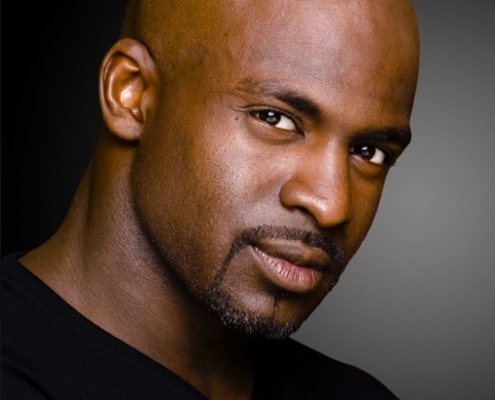
LA Social Science Presents “Conversations with Changemakers” Featuring Bryonn Bain and Rosie Rios
By Lara Drasin Bryonn Bain is a UCLA professor jointly appointed…
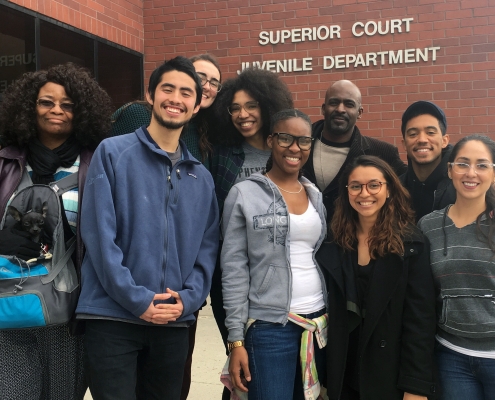
When They Call You a Criminal
By Rosie Rios, Administrative Director, UCLA Prison Education…
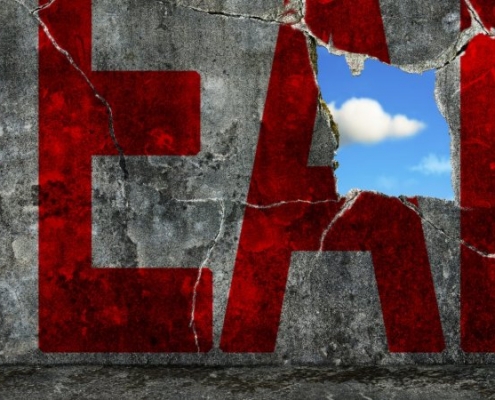
Fear Is a Party Animal
By Sarah Gavish, UCLA Master of Social Science ‘18 In…
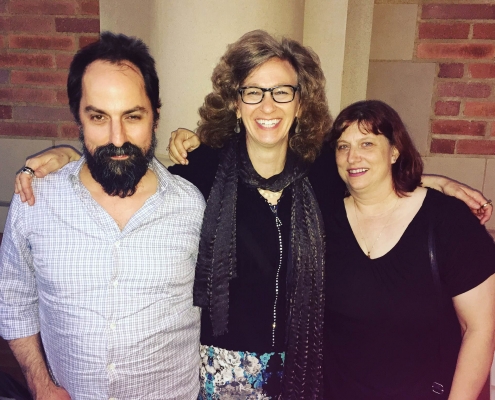
UCLA Faculty and Alumni Discuss the Past and Present Politicization of the US Census
Comparative historical sociologists, Professors Dylan Riley…

Undocumented Stories Exhibit Visits Museum of Latin American Art
By George Chacon Dream Resource Center Project Manager,…
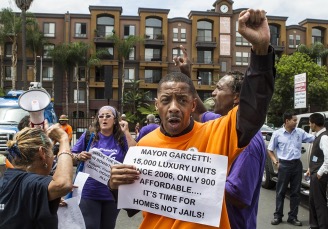
Do Legislative Bills Build Housing?
By Jan Breidenbach Senior Fellow, UCLA Department of Urban…
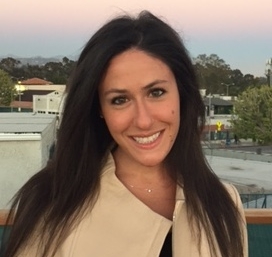
Reading Between the Battle Lines: Decoding Values in Tweets About Gun Control
By Lara Drasin UCLA Master of Social Science 2018 Every…

Helping Turn Seaweed into Biofuel
By Kyle Cavanaugh Assistant Professor, UCLA Department…
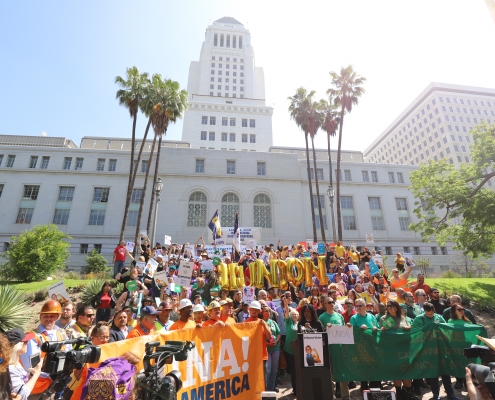
“Janus” Challenges Unions to Organize
By Kent Wong Director, UCLA Labor Center The Supreme…
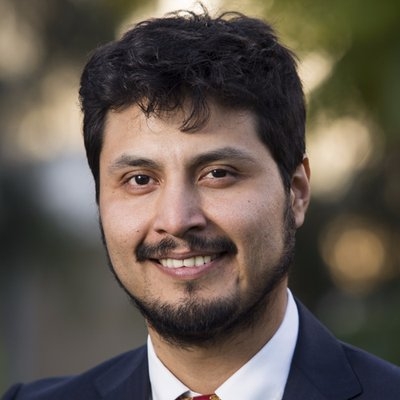
First-Generation Students In Graduate School
By Berto Solis, UCLA Master of Social Science, 2018 First-generation,…

